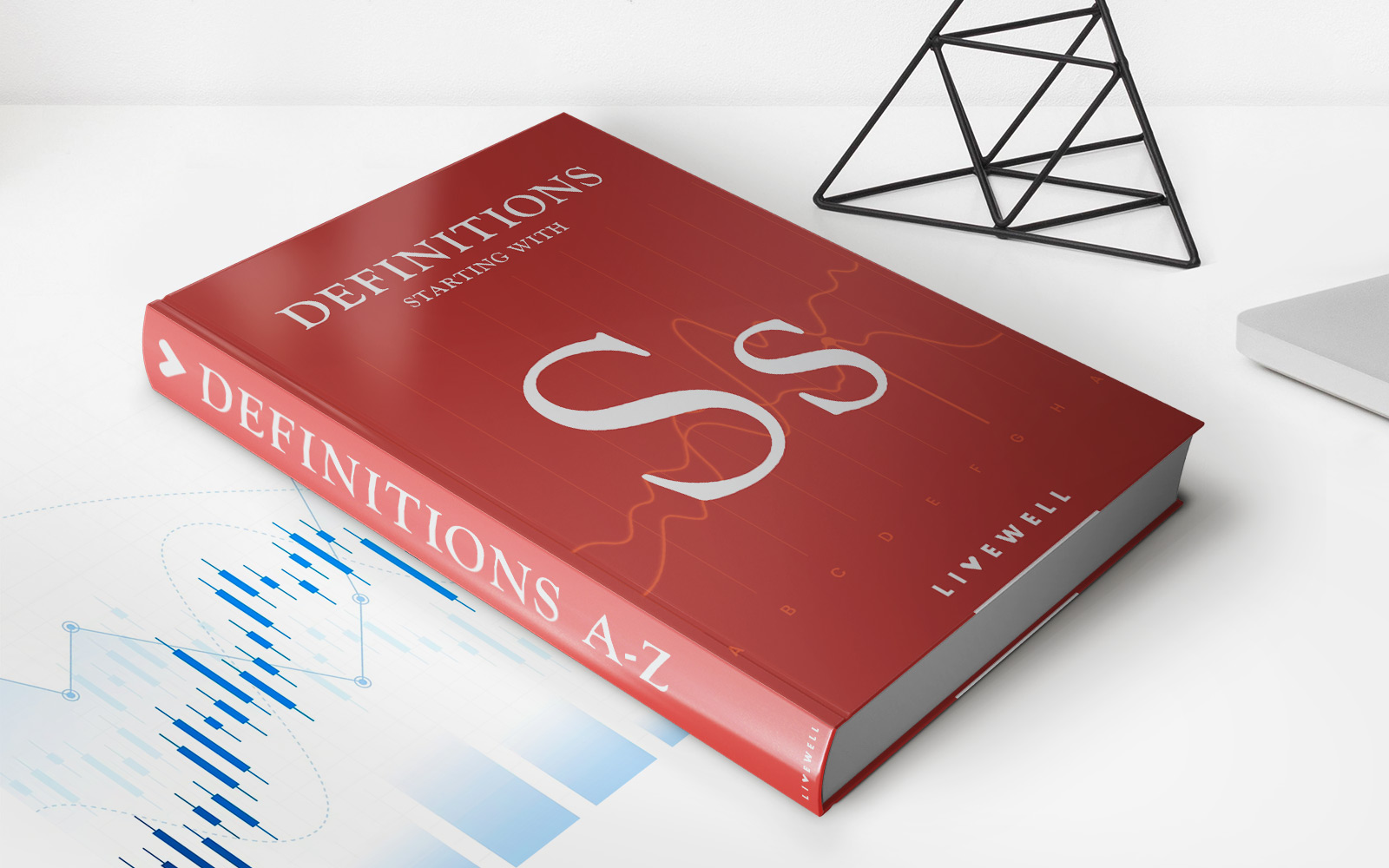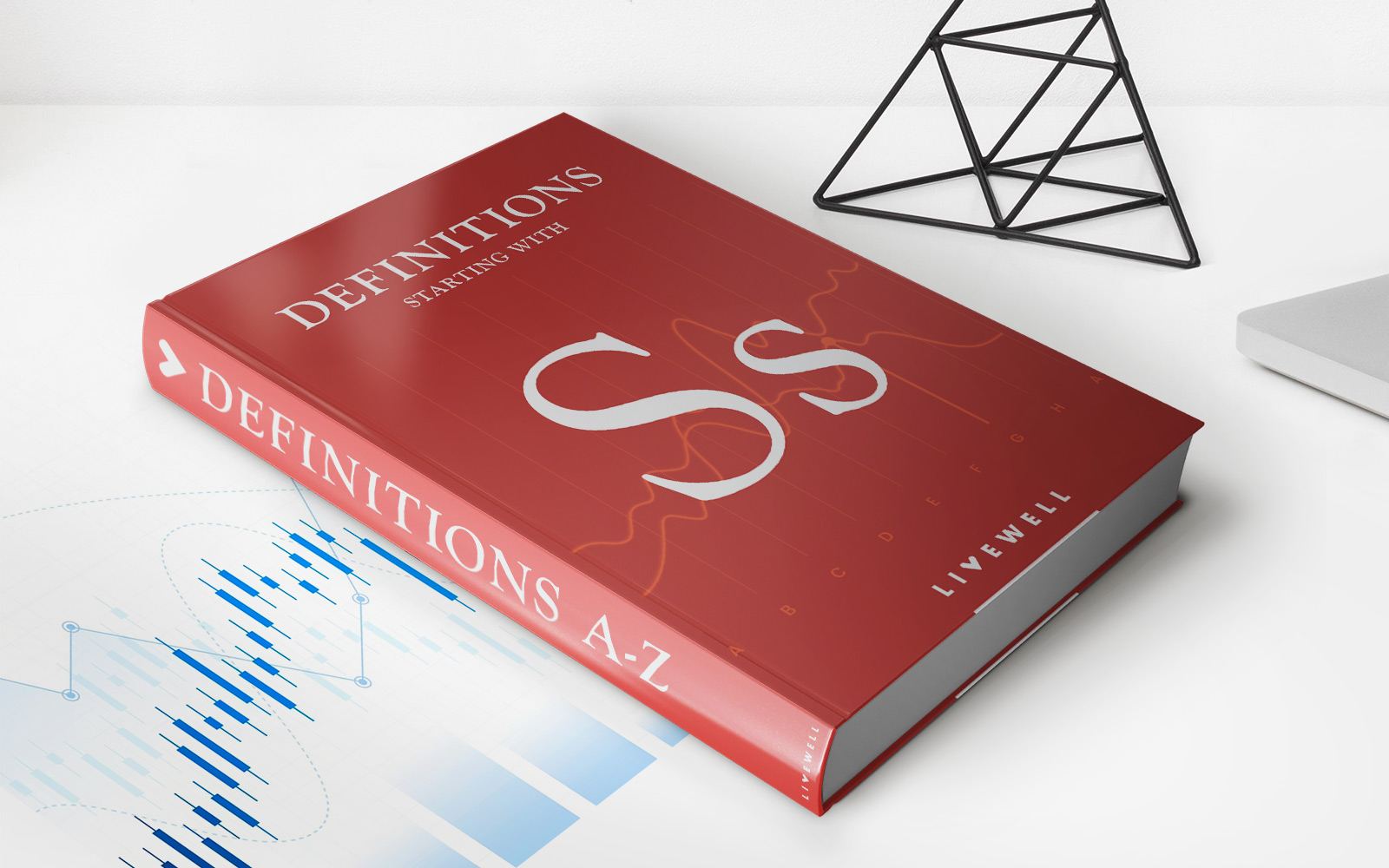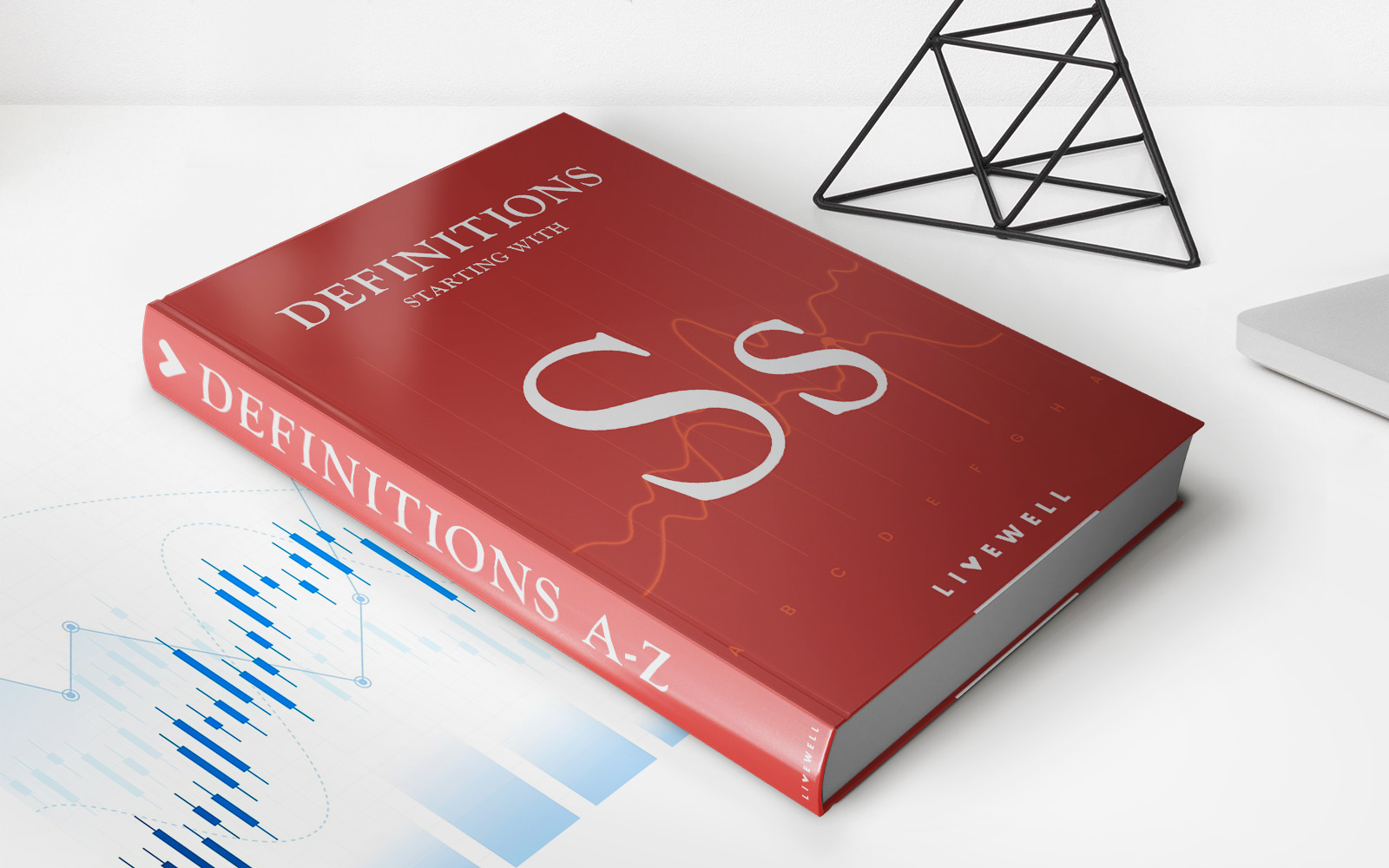Home>Finance>What Is Form 8379: Injured Spouse Allocation? Definition


Finance
What Is Form 8379: Injured Spouse Allocation? Definition
Published: November 27, 2023
Learn what Form 8379, the Injured Spouse Allocation, is in finance. Discover its definition and how it can help protect your financial interests.
(Many of the links in this article redirect to a specific reviewed product. Your purchase of these products through affiliate links helps to generate commission for LiveWell, at no extra cost. Learn more)
Understanding Form 8379: Injured Spouse Allocation
When dealing with finances, it’s important to be aware of the various forms and documents that may come into play. One such document that you may come across is Form 8379: Injured Spouse Allocation. In this blog post, we will dive into the definition and purpose of Form 8379, offering you the insights you need to navigate this aspect of your finances.
Key Takeaways:
- Form 8379 is used to protect an innocent spouse’s share of a joint tax refund from being offset due to the other spouse’s past-due debts or federal or state tax obligations.
- By filing Form 8379, an injured spouse may be able to recover their portion of the refund and prevent it from being applied to their partner’s debts.
What is Form 8379?
Form 8379, formally known as the Injured Spouse Allocation, is a document that the Internal Revenue Service (IRS) asks married taxpayers to complete when they file their tax return jointly, and one spouse has outstanding debts or obligations that could affect the refund they would have received otherwise.
Let’s say you and your spouse file a joint tax return, and your spouse has a tax debt from previous years, child support arrears, or any other outstanding federal or state debts. In that scenario, the IRS has the authority to apply your entire joint refund to these outstanding obligations.
However, if you have an “injured spouse” situation, Form 8379 allows you to claim a portion of the joint refund as your own. This way, you can protect your share of the refund from being offset by your spouse’s debts.
How Does Form 8379 Work?
When you file a joint return, the IRS assumes that both spouses are responsible for paying any taxes owed. If one spouse has outstanding debts or obligations, the entire refund can be withheld and applied to those debts, even if the other spouse is not responsible for them.
To protect your share of the refund, you can use Form 8379 to request an injured spouse allocation. By doing so, the IRS will determine your portion of the refund based on your individual income, deductions, and payments, separate from your spouse’s financial situation.
It’s important to note that this form should only be used when you are genuinely an injured spouse. In other words, you should have income that is separate from your spouse or have made separate tax payments that could potentially qualify for a refund.
How to File Form 8379
When filing your taxes electronically, you can attach Form 8379 to your electronically filed tax return. If you are submitting a paper return, make sure to include the completed form with your return, placing it immediately after your Form 1040, Form 1040A, Form 1040EZ, or Form 1040NR.
It’s worth mentioning that filing Form 8379 may extend the time it takes to process your return, so it’s essential to be prepared for potential delays in receiving your refund.
Conclusion
Form 8379: Injured Spouse Allocation is a valuable resource for individuals who find themselves in a situation where they need to protect their portion of a joint tax refund from being offset by their spouse’s outstanding debts or obligations. By understanding how Form 8379 works and when it should be filed, you can navigate this aspect of your finances more effectively and potentially recover your rightful refund.
Key Takeaways:
- Form 8379 is used to protect an innocent spouse’s share of a joint tax refund from being offset due to the other spouse’s past-due debts or federal or state tax obligations.
- By filing Form 8379, an injured spouse may be able to recover their portion of the refund and prevent it from being applied to their partner’s debts.
Being informed about the various financial forms that exist can make a world of difference in navigating the complexities of personal finance. Remember, if you have any doubts or questions, it’s always a good idea to seek advice from a qualified tax professional.














